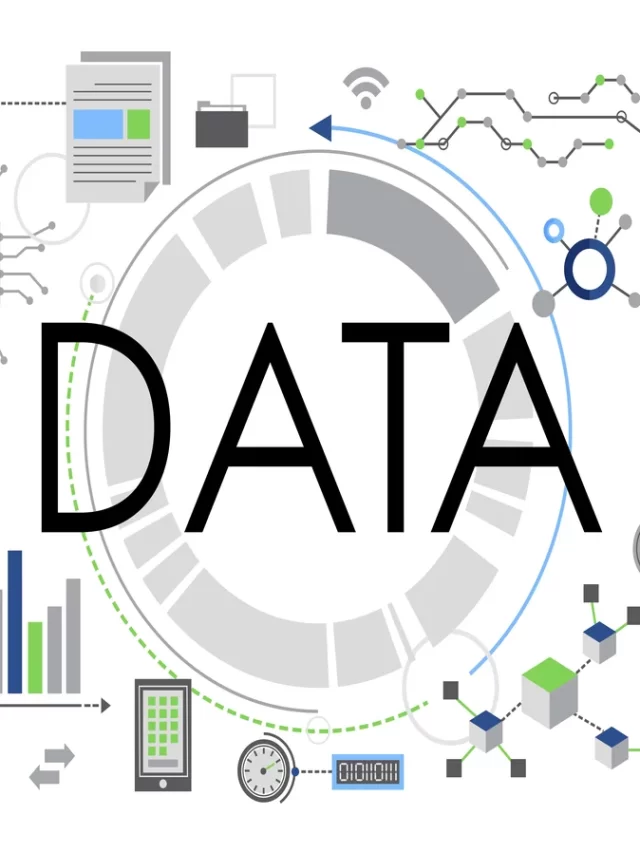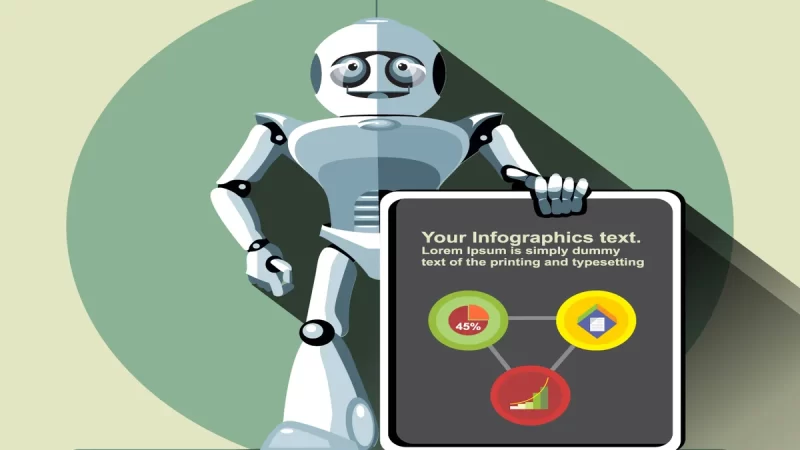How Google Combines Search, Social, Local, Shopping, AI, and Ads?

Google’s omnipresence across the digital landscape isn’t merely coincidental; it’s a result of intricate integration among various platforms and technologies. The conglomerate’s success lies in its adept fusion of Search, Social, Local, Shopping, Artificial Intelligence (AI), and Ads to create a comprehensive user experience.
1. Search Engine Dominance
At the core of Google’s prowess is its search engine, the gateway to an expansive online universe. The search algorithm, constantly evolving through machine learning and AI, sifts through trillions of web pages to provide relevant, personalized results. Its accuracy stems from a blend of keyword analysis, user behavior patterns, and semantic understanding, ensuring users find what they seek efficiently.
2. Social Integration
Google, with platforms like YouTube, Google+, and now integrated within Google Workspace, extends its reach into social interactions. YouTube, as the second-largest search engine globally, harnesses user-generated content, fostering engagement and facilitating sharing. Additionally, Google’s social integration factors user preferences and behaviors into search results, promoting personalized experiences.
3. Local Business and Maps
Google Maps amalgamates location data with user-generated reviews, aiding in local business visibility. Through localized searches and personalized recommendations, users discover nearby establishments. Google’s emphasis on local SEO (Search Engine Optimization) ensures businesses can optimize for local searches, enhancing visibility within specific geographic regions.
4. Shopping Integration
Google Shopping leverages product listings, providing a direct route for users to find and compare products across various online retailers. Integration with the search engine enables users to view product details, prices, and availability seamlessly, enriching the overall search experience.
5. AI-Powered Innovations
The foundation of Google’s interconnectedness is AI, which permeates every facet of its services. AI enables predictive search, voice recognition (Google Assistant), and personalized recommendations based on user behavior, refining the user experience continuously.
6. Advertisements
Google’s revenue model largely hinges on advertisements, which are seamlessly integrated across its platforms. AdWords, now known as Google Ads, uses AI algorithms to serve targeted ads, leveraging user data to deliver relevant content. These ads are seamlessly woven into search results, YouTube videos, and various websites within the Google Display Network.
The Synergy of Integration
The beauty of Google’s integration lies in its seamless synergy. User data collected across platforms and services enhances the overall experience by providing personalized, relevant information. The amalgamation of these components forms an ecosystem where each element complements and reinforces the others, fostering a cohesive digital experience.
Challenges and Ethical Considerations
However, this level of integration raises concerns about data privacy and monopolistic practices. Google’s extensive data collection practices have sparked debates on user privacy and antitrust issues, prompting regulatory scrutiny globally.
Key Takeaways
Google’s ability to combine Search, Social, Local, Shopping, AI, and Ads under one expansive umbrella has revolutionized the digital landscape. The interconnectedness of its services, driven by AI, has redefined user experiences, albeit raising ethical and regulatory challenges.
FAQs:
Google integrates these services by leveraging a network of interconnected platforms. For instance, Google’s search engine algorithms incorporate social signals, local data, and AI-driven insights to deliver personalized results. These services overlap and complement each other to create a unified user experience.
Artificial Intelligence forms the backbone of Google’s integration. It powers features like predictive search, voice recognition, personalized recommendations, and ad targeting. AI algorithms continuously learn from user behavior, enhancing the seamlessness of Google’s interconnected services.
Local integration, facilitated by services like Google Maps and localized search results, helps users discover nearby businesses and services. By combining location data with user reviews, Google enhances the relevance and usefulness of its search results for local queries.
Google Shopping integrates with the search engine to offer users a seamless way to explore and compare products from various online retailers. It enriches the overall search experience by providing detailed product information, pricing, and availability in search results.
Google Ads utilizes AI algorithms to serve targeted ads across its platforms, including search results, YouTube videos, and websites within the Google Display Network. These ads are seamlessly integrated to match user interests and behaviors, contributing to Google’s revenue model.







